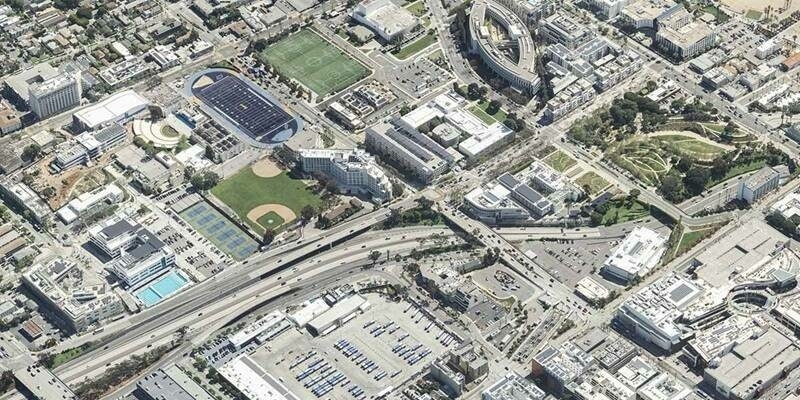In March, Virtual Surveyor, a developer of smart drone surveying software, introduced a new feature in Version 7.2 of its drone surveying software that automatically highlights terrain slopes that exceed dangerous steepness thresholds.
Known as Slope Threshold lens, the capability greatly enhances the safety of operations in a variety of dynamic environments with steep terrains such as sand pits and quarries, according to Virtual Surveyor.
“With the click of a button, operators of sand pits and quarries can see precisely where the escarpments surrounding their excavations have exceeded user-specified slope angles,” said Tom Op ‘t Eyndt, CEO of Virtual Surveyor nv in Belgium.
“This enables the managers of sand pit dredging operations, for example, to remediate the situation before the slope collapses and hurts workers.”
Bridging the gap between UAV photogrammetric processing applications and engineering design packages, Virtual Surveyor software generates an interactive onscreen environment with UAS orthophotos/DSMs and/or LiDAR point clouds. Here, the surveyor selects survey points and breaklines to define the topography, which creates highly accurate products up to five times faster than otherwise possible, according to Virtual Surveyor.
The addition of the Slope Threshold lens in Version 7.2 complements the lens technology Virtual Surveyor, which was introduced in 2019 to enhance and colorize different aspects of terrain to give users a better understanding of topography. The first six lenses— Hill Shade, Contours, Transparent, Slope Direction, Slope Steepness, and Elevation—have all been further refined with the ability to stretch the color gradients, which improves the 3D visualization of slopes, elevations and contours.
Virtual Surveyor Version 7.2 also builds on advancements in recent releases that have focused on making volumetric and cut-and-fill calculation faster and more accurate in various types of basins that fill with water. With just one click, the Extract Level and Create Water functions delineate a water feature, where the water meets the edge of a basin, pond or quarry. Not only does this remove noise from the data, but it also creates a perfectly flat elevation for the water surface in the generated surface model.
“We have further enhanced this water extraction process by adding a new tool called MultiVertex editing,” Op ‘t Eyndt said.
“Rather than click on dozens of points to delineate terrain bulges and jetties that extend into the water body and distort the perimeter, the MultiVertex tool lets the user click just once to delete the extraneous points.”
The capability has also been enhanced with a new 2D view mode. Virtual Surveyor notes that the original strength of Virtual Surveyor is the ability to work in 3D, but the company points out that in a 3D view, survey lines and points can be obscured by the topography for users that overlay multiple drone surveys taken at different dates.
“Virtual Surveyor users can now toggle back and forth between 3D and 2D when they need to see a geometrically correct view of multiple historical DSM vectors overlaid on the orthophoto,” Op ‘t Eyndt added.
Subscribe to our newsletter
Stay updated on the latest technology, innovation product arrivals and exciting offers to your inbox.
Newsletter

